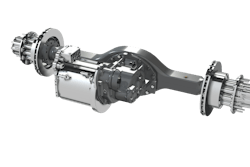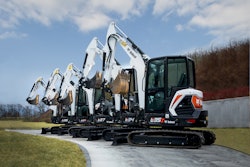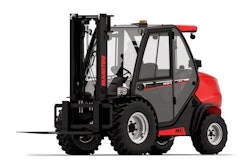Ahead of the publication later this month of the European Commission’s proposal on CO2 emissions standards for heavy-duty vehicles, the European Automobile Manufacturers’ Association (ACEA) calls for an ambitious yet realistic approach.
ACEA welcomes the introduction of these first-ever EU CO2 standards for trucks, which are part of a broader strategy by the Commission to tackle emissions from road transport.
“The heavy-duty vehicle market is complex, and trucks are usually tailor-made to customers’ specific orders or are custom-built for a specific mission,” states ACEA Commercial Vehicle Board Chairman and MAN CEO, Joachim Drees. “As this is the first time that CO2 targets are set for heavy-duty vehicles, it is of utmost importance that they are designed properly, and reflect the diversity of the truck market.”
From 2019 onwards, all EU manufacturers of heavy-duty vehicles will use the same calculation tool (VECTO) to declare and report the CO2 emissions from a wide variety of trucks. VECTO will provide a standardized, certified method for measuring the CO2 emissions and fuel efficiency of complete truck and trailer configurations. When it comes to setting future CO2 standards for trucks, the baseline should be based on this statistically-solid VECTO data, for which the first values will be available in 2019.
With this in mind, ACEA members believe that a realistic ambition level would be a 16% tail-pipe CO2 reduction between 2019 and 2030, with an intermediate target of 7% in 2025.
Drees says, “CO2 certification of trucks will begin in January 2019 – these data will form a reliable baseline for future standards. But this also means a quite challenging short lead-time, especially considering that the product development of heavy-duty vehicles to be sold in 2025 is already underway now. Also important to bear in mind is the fact that key alternative powertrain technologies are not yet accounted for by VECTO.”
Any future CO2 standards for heavy-duty vehicles should focus on the entire vehicle, ACEA cautions. Setting separate targets for components (such as the gear box or engine) will not lead to cost-effective solutions. Component-based CO2 standards can even have a negative impact on the net CO2-reduction of a vehicle, as such standards do not properly reflect how the components are being used and how they perform in the real world.



















